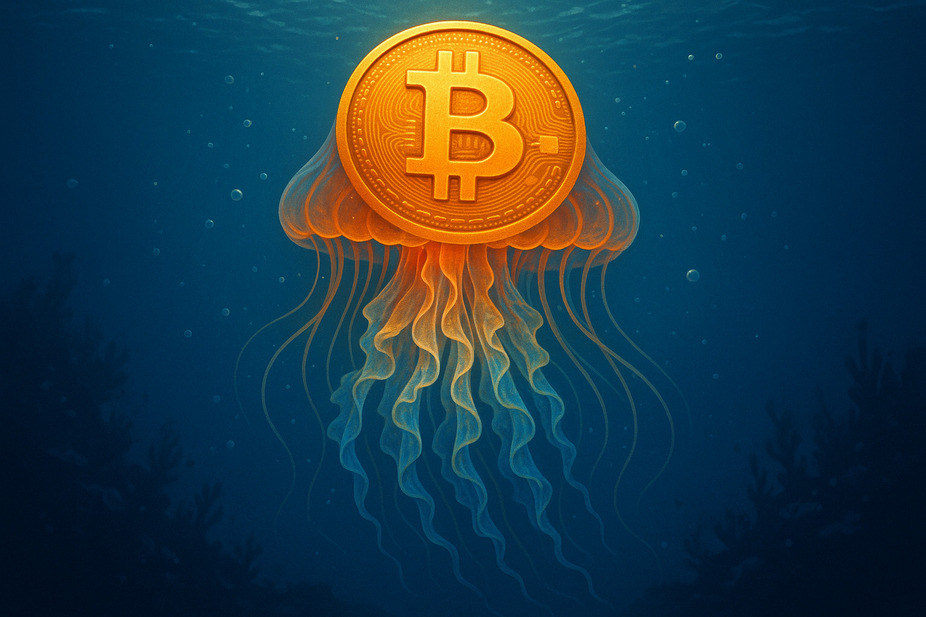Pakistan’s crypto gamble: can tech dreams survive reality?

Pakistan is aiming high, dreaming of becoming a tech powerhouse. However, it is facing some serious challenges: a struggling economy, political instability and a long-standing conflict with India, which controls vital rivers for Pakistan.
In this article, we will explore how this Islamic republic, despite facing these hurdles, is striving to build a digital future.
Taking the first steps into the digital world
Pakistan, with its population of over 255 million, is now starting to embrace the digital age. In recent years, there’s been a surge of interest in cryptocurrencies and artificial intelligence. Young people, especially in big cities like Karachi and Lahore, are increasingly using blockchain tech and getting involved in crypto trading.
This isn’t just a passing trend. For many, it’s a way to protect themselves from financial instability. Digital assets offer a way to preserve and grow their savings as the Pakistani rupee struggles with high inflation. And for the younger, tech-savvy generation, cryptocurrencies have become a tool for sending money across borders and earning a living.
However, not everyone in Pakistan can afford high-speed internet. As of 2025, only about 45.7% of the population has a reliable connection and many rural areas are still completely cut off. This is a major obstacle to the widespread adoption of digital currencies.
The cryptocurrency conundrum
The situation with cryptocurrencies in Pakistan is a good example of the government and the people being in disagreement. At the moment, digital assets are not fully legal. In 2022, the government even thought about stopping cryptocurrency and blocking websites related to it. At the same time, the state bank said it will launch its own digital currency (CBDC) by 2025.
Despite this, Pakistan has one of the highest rates of cryptocurrency adoption in the world. Individual investors in Pakistan have made the country one of the top ten countries worldwide for people using cryptocurrency in 2024.
Experts think that the number of people using crypto in the country will be more than 27 million by the end of 2025, and that the industry will make $1.6 billion.
Lofty ambitions: Bitcoin mining and national reserves
In 2021, the province of Khyber Pakhtunkhwa announced ambitious plans to build state-owned facilities for mining Bitcoin. The idea was to use cheap hydropower to boost the province’s income.
The initiative stalled, but in 2025, Bilal bin Sakib, head of the Cryptocurrency Council, announced plans to use surplus electricity for Bitcoin mining and powering AI data centers. Local media later reported that the government would allocate 2 GW of power for these purposes.
The focus is on using excess renewable energy sources like hydro, wind and solar power. This demonstrates a balanced approach to the environment, embracing technology while trying to minimize its impact.
Sakib soon announced plans to create a national reserve of Bitcoin. However, these plans, along with other steps the country has taken in the crypto and AI space, have raised concerns at the International Monetary Fund (IMF).
Pakistan has ambitious plans to use surplus renewable energy for mining and creating a Bitcoin fund. However, the practical implementation of these initiatives requires a clear legislative framework. Currently, such a legal basis has not yet been developed in the country, which is the main obstacle to achieving the goal.
China’s digital silk road
Pakistan’s technological progress would be impossible without China. Beijing is Islamabad’s key partner, and this relationship goes far beyond politics. It’s deeply embedded in the China-Pakistan Economic Corridor (CPEC) megaproject.
Key areas of support include:
- Infrastructure: Chinese companies are heavily involved in laying fiber optic cables. One example is the PEACE (Pakistan & East Africa Connecting Europe) submarine cable project, which reduces Pakistan’s reliance on existing communication lines and directly connects it to friendly nations.
- AI and Surveillance: China is assisting in the implementation of “Safe City” systems in major cities like Islamabad and Lahore. These comprehensive platforms feature thousands of cameras and AI algorithms for facial recognition and behavior analysis.
- 5G Communications: Chinese tech giants Huawei and ZTE are the primary contractors for testing and deploying fifth-generation networks in Pakistan.
For China, a technologically advanced and stable Pakistan is essential for protecting its investments in the CPEC and for the success of its “One Belt, One Road” initiative.
The Internet under government control
The internet in Pakistan is tightly regulated but the methods differ from those used in China. While China’s “Great Firewall” is a sophisticated system for proactively filtering content, Pakistan’s approach is more reactive and heavy-handed.
The main regulator is the Pakistan Telecommunication Authority (PTA). Its tools include:
- Platform Blockades: The authorities have readily blocked access to platforms like YouTube, TikTok, Wikipedia, and most recently, X (formerly Twitter) at the national level. These blockades are typically targeted and temporary.
- Shutdowns: During political protests or unrest, the government regularly shuts down mobile internet service across the country or in specific regions. This is seen as an effective way to disrupt the coordination of protesters.
- Traffic Throttling: Reducing the speed of access to certain websites or services to make them less usable.
These methods directly harm the digital economy, but the authorities believe they are necessary to maintain control.
India’s Water Leverage: A Critical Weakness
The biggest problem for Pakistan is its access to water. The country relies heavily on rivers that originate in India or in Indian-controlled Kashmir. This is a result of the division of British India, which New Delhi used to have a strong say in the matter.
The rules for how the countries involved should act are set out in the Indus Waters Treaty of 1960. This agreement says that Pakistan will get the water from the “western” rivers (Indus, Jhelum and Chenab), and India will get the water from the “eastern” rivers (Ravi, Beas and Sutlej). However, India is allowed to build hydroelectric power plants on the “Pakistani” rivers.
The conflict in Kashmir has escalated again, and this has shown how vulnerable the region is. India restricted the flow of water in the Chenab and Jhelum rivers because Pakistan uses this water for farming and making electricity. These actions allow India to put pressure on its neighbor by affecting its economy.
In this situation, it is very important to develop technology to survive. AI is already being used to make the most of water in farming, and the move to other energy sources, including mining powered by hydroelectric plants, helps reduce Pakistan’s reliance on rivers controlled by India.
Economic realism: a reality check
To understand how realistic Pakistan’s plans for digitisation and cryptocurrencies are, it’s important to look at the country’s economy. The average yearly income in the country is just $1824. This is very low compared to the rest of the world. This means that most people in Pakistan cannot afford to buy mining equipment.
This low income explains a lot. It shows why people are turning to cryptocurrencies to escape poverty. It also shows why the government struggles to fund its own IT projects and why the country is so dependent on Chinese loans and technology. Talking about creating advanced AI systems or buying Bitcoin for a country’s savings seems irrelevant to the everyday struggles of millions of people who don’t have access to basic necessities.
Pakistan is at a crossroads. On the one hand, it has a large, eager workforce, more and more interest in digital finance and strong support from China. But it also has problems, like a lot of people being poor, and it is still fighting with India.
The country needs to find a balance between its ambitions and the realities on the ground. If the plans for a Bitcoin reserve and mining operations succeed, it could set an example for other developing nations. But if they don’t deal with basic problems like internet access and energy stability, these projects might never become real.
This path is risky. If things go wrong, there is the possibility of digital authoritarianism or economic isolation. But for Pakistan, this could be a chance to build a better future.












